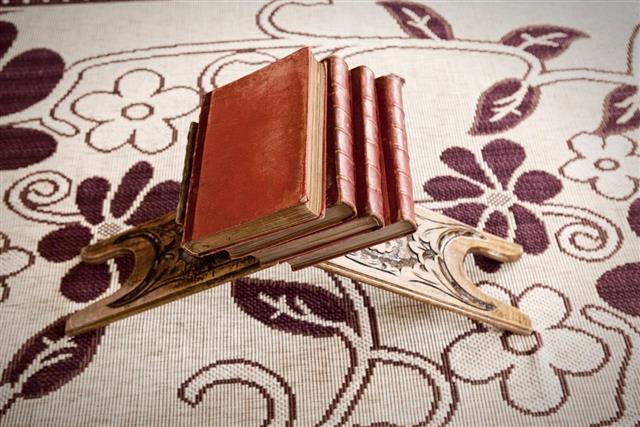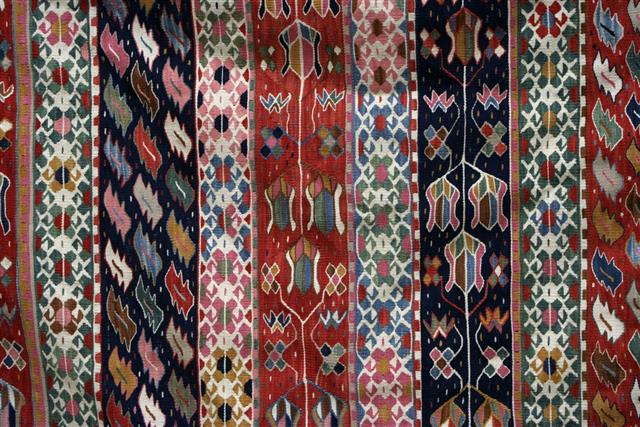
A carpet’s thickness isn’t the lone characteristic; there are several other important factors like the density, length of the individual fibers used, etc., that a carpet pile has to do with. Apart from these important constituents, this DecorDezine article will brief you its various designs.
When we decide to purchase a rug or a carpet for our house flooring, we obviously consider many factors before shopping. Factors like smoothness, softness, finishing, fiber material, springiness, etc., are the primary aspects that come to our mind. In a way, it’s best to keep such requisites because it’ll be these same factors that will help you purchase the best quality fiber for your carpet. So, how are you gonna do it? Well, before that, our trivial knowledge on carpets tells us that carpets have a tufted polymer yarn material present in them. These yarn filaments are infused in the carpet sheets, which resist the carpet from fuzzing.
Also, one of the most important factors about carpets is the carpet pile. It is nothing but the fiber density that is present in the carpets, which constitute the weaving patterns on the carpets or rugs. Now, besides the density, like the stiffness and thickness, the amount of fiber used and also the length are vital considerations undertaken during the weaving of a carpet.
One can freely choose their personal range while shopping for a carpet. Ranges can be low, flat, thick, soft, luxurious, colorful, stylish and almost never-ending. So, before I move on to highlight few tips on how to look for a suitable carpet pile (considering height and weight), let’s see some types of that are available in the markets.
Kinds of Carpet Pile
• Patterned Loop Pile: This type has definitely got patterned loops that vary in heights. The job of patterned loops is to give designs to a carpet. All carpets have different colors and patterns that stand apart from one another. In this kind, mostly solid colors are introduced, which also come with geometric or floral patterns.
• Cut Pile: In this type, all fiber loops are cut to make single strands. Usually cut pile carpets do a good job in covering all the dirt, footprints, stains on the carpet, etc. This is because, the fibers which are used are smooth, lengthy and twisted. For carpet cleaning, even if you use a brush, it will remove all the impression from the rug and create its texture back to its original color and shape.
• Level Loop Pile: Level loop is an unraveling carpet pile. The fibers, which are used, are thick and of equal height. Due to this reason, most of the time, the dirt and stains are left on the surface and the carpet maintains quite a flat and textured appearance. There are times when dirt seeps inside the fibers too. But then, because of its thick loops, that’s a rare scenario. Also, since the dirt remains on the surface, vacuuming gets easier.
• Cut-and-Loop Pile: This type has uncut loops, which are tall in its height and possibly can create a variety of patterns in the carpets. Usually multicolored yarns are used to weave a cut-and-loop pile. With a variety of zig-zag and haywire patterns, firstly, imperfections stay hidden and secondly, if there is any wear and tear in the carpet, it remains unrevealed. Such carpets are practically laid in informal rooms.
Choosing the Right Carpet Pile
Density and Height
Once the fiber of the carpets has been decided, the height and density are the next considerations. As carpets usually have finished fibers or shear fabrics, the twist of the same is placed on a vital platform too. One of the other common terms apart from twist and density in a carpet is the face weight. Face weight is nothing but the fiber amount that is present on the surface of a rug/carpet, etc. It’s totally considered different from a net carpet weight, because a net carpet weight is established on the latex used to bond and put the pieces together in the carpet and also on the dual backings.
Note: The density is defined as all the strands constituted in the making of a carpet that are brought close together to the fibers.
Twist Level
Once the density and height are learned about, the next aspect under consideration is going to be the twist level in the rug. Twist levels are volume twists within two or number of piles in the carpet. They can easily be seen, even when you have a glance at the carpet from the front. The more the number of twists in the carpet, the density level is inversely proportional to the same. Frieze carpets usually offer more such twist counts and low densities. Certainly, after studying all these views, carpets that are twisted with closer amount of piles are definitely considered to be high quality carpets. Another kind of carpet that can be chosen for comfort and pleasure are texture plush carpets. They are known to instill one of the finest quality fibers. Saxony is one such good example from a host of texture plush.
When you personally know what you should look for, like the quality and color when you go rug or carpet shopping, the activity truly gets easy, sporty and fun. Carpets do add charm and elegance to the home decor. Just keep a clear picture in your head about carpets after reading this article, and I am sure you will pick some worthy and comfortable piece of fabric to relax on!












